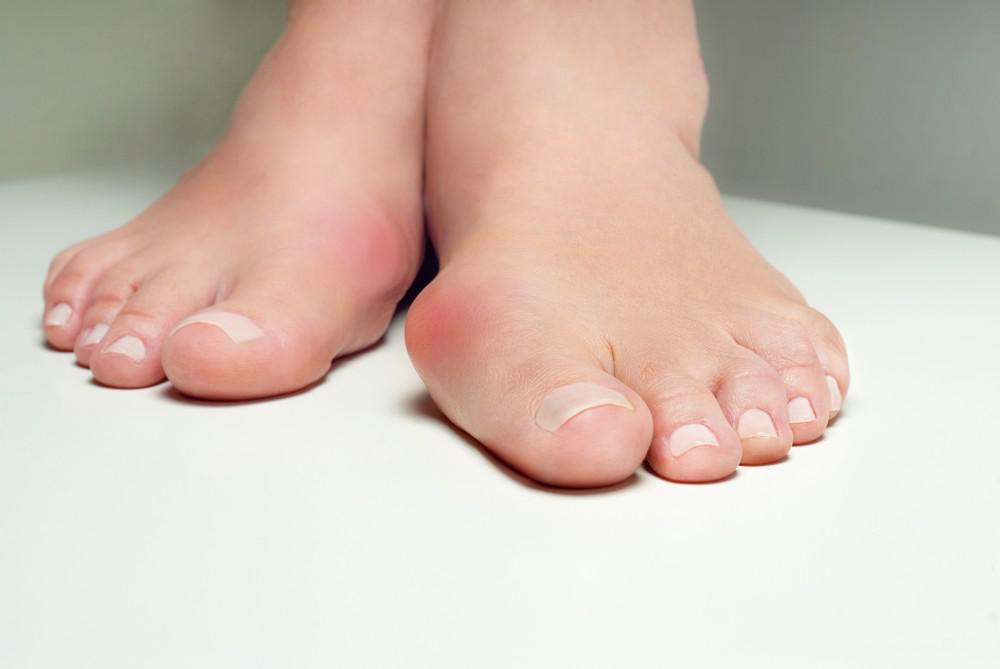A bunion is a bony bump that develops at the base of the big toe. These bumps form over time and often develop due to genetics or pressure that pushes the big toe into the other toes. They’re extremely common, and nearly one in three adults over age 65 has a bunion.
Bunions often cause foot pain and swelling, and they don’t go away on their own. The good news is that you don’t have to let them keep getting worse. There are a number of options when it comes to treating bunions.
David B. Glover, DPM, FACFAS, at Mountain View Foot & Ankle Institute specializes in bunion care for people of all ages. Dr. Glover can help you find a personalized treatment plan to relieve your pain and get you back on your feet.
Conservative treatments for bunions
Every patient is different, so Dr. Glover takes a comprehensive approach to bunion care. After diagnosing your condition, he may recommend conservative treatments for mild to moderate bunions:
Anti-inflammatory medication
A bunion can cause inflammation in the big toe, and it can make standing and walking painful. Oral anti-inflammatory medications or corticosteroid injections can reduce inflammation and pain to help you stay active.
Better-fitting shoes
Wearing tight, ill-fitting shoes is one of the most common causes of bunions. High heels and shoes with narrow toe boxes can force your toes together and increase your risk of developing bunions. However, wearing better-fitting shoes can stop bunions from getting worse.
Find shoes with wide toe boxes so your toes have plenty of room to move as you walk. Wearing shoes with extra support and cushioning can also help minimize bunion pain.
Bracing and cushioning
Shoes can make bunion symptoms worse, but cushioning and padding the bunions can take pressure off of sore toe joints. There are lots of over-the-counter products designed to cushion bunions.
Dr. Glover can show you how cushioning and padding can help, and he might also recommend bracing, splinting, or taping to take excess strain off your feet.
Custom orthotics
Custom orthotics take bunion cushioning a step further. Orthotics are shoe inserts designed to take stress and pressure off of inflamed joints in your feet.
Dr. Glover may recommend custom orthotics to relieve more severe bunion pain, but they can also help keep bunions and other foot issues from getting worse if you start treatment early.
Physical therapy
Inflammation and stiffness in toe joints can reduce your range of motion and contribute to foot pain, but physical therapy can relieve some of these symptoms. Dr. Glover can give you at-home exercises or recommend a physical therapy program to build strength in your feet and make walking less painful.
When to consider bunion surgery
Many people find that conservative treatments make a significant difference in their bunion pain. However, if conservative treatments don’t work, you experience severe pain, or your bunions just get worse, you may need bunion surgery.
In bunion surgery, Dr. Glover removes the bunion and damaged tissues and realigns your toe joint. Full recovery from bunion surgery can take up to six months, but it can offer lasting relief from chronic bunion pain and deformity.
If you have a bunion, you don’t have to accept the pain as part of life. To get personalized care for your feet, book an appointment online or over the phone with Mountain View Foot & Ankle Institute today.

